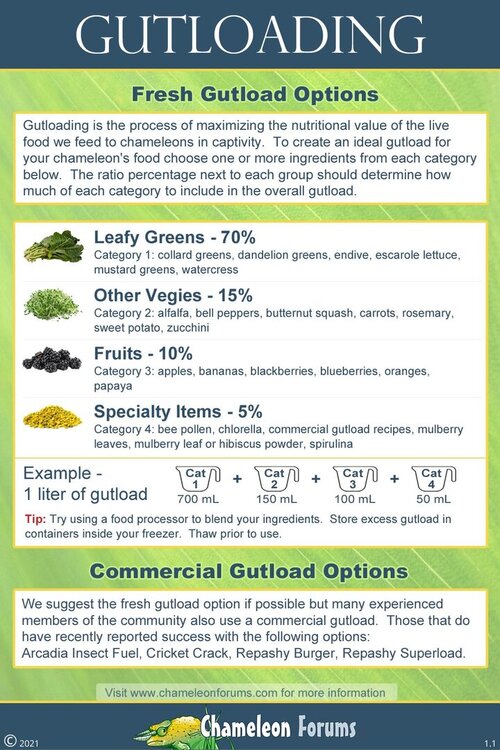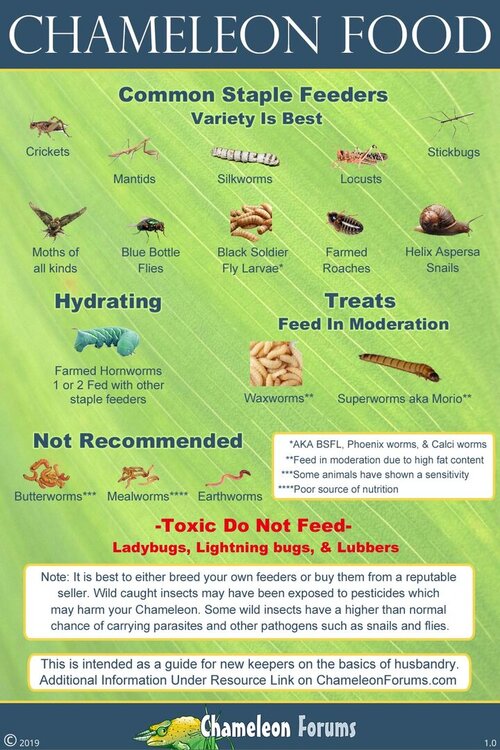Hi guys,
I have a veiled chameleon around nine months old, I rescued her so not 110% on her exact age. She laid her first clutch of eggs about three months ago (infertile) and there were 56, which I thought was on the large side but not dangerous. Well, last night she laid her second batch (also infertile) and there were 73! Which is huge. She has always been on the skinny side due to her being neglected by pervious owners but every time I’ve got her to a good weight or a safe weight she then because gravid and needs to lay. Has anyone got any advice as I’m worried I’m going to loose her if she has another clutch of eggs that big.
I feed her gut loaded hoppers, mario worms and wax worms all dusted in calcium, she won’t really eat anything else and I also have to give her a supplement which was given to me by the vets for underweight tropical animals.
you can kind of see how thin she is by the picture
helps guys!
I have a veiled chameleon around nine months old, I rescued her so not 110% on her exact age. She laid her first clutch of eggs about three months ago (infertile) and there were 56, which I thought was on the large side but not dangerous. Well, last night she laid her second batch (also infertile) and there were 73! Which is huge. She has always been on the skinny side due to her being neglected by pervious owners but every time I’ve got her to a good weight or a safe weight she then because gravid and needs to lay. Has anyone got any advice as I’m worried I’m going to loose her if she has another clutch of eggs that big.
I feed her gut loaded hoppers, mario worms and wax worms all dusted in calcium, she won’t really eat anything else and I also have to give her a supplement which was given to me by the vets for underweight tropical animals.
you can kind of see how thin she is by the picture
helps guys!







